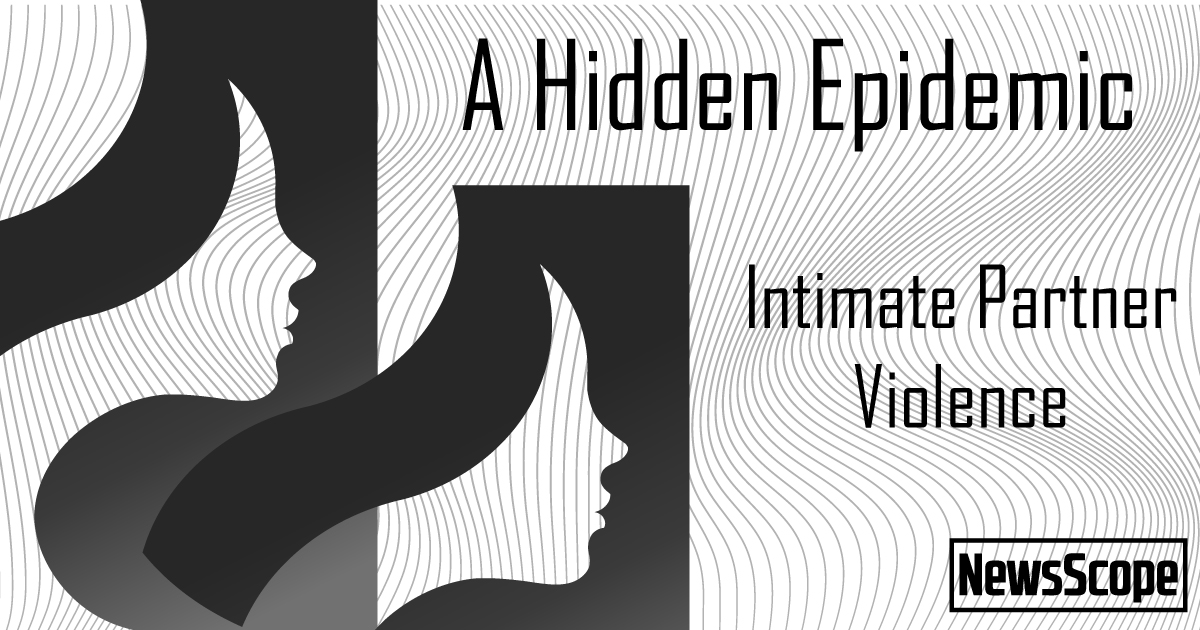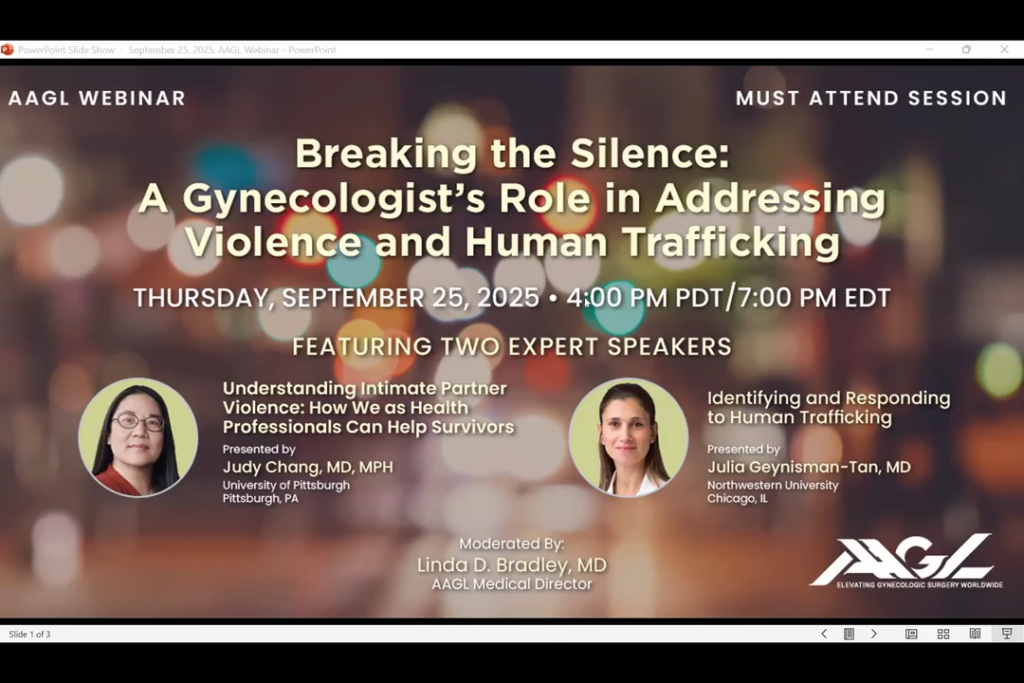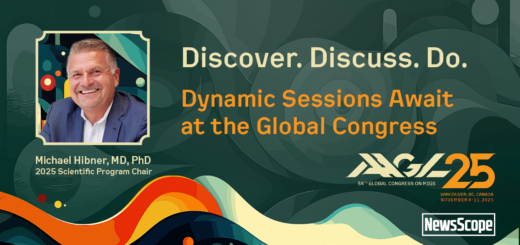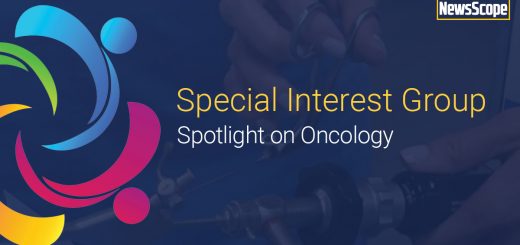Opening Pandora’s Box: The Violence We Choose Not to See

“Not everything that is faced can be changed,
but nothing can be changed until it is faced.”
– James Baldwin
She coded the bruises as “frequent falls.” I coded her fibroids as 12-week size. Neither of us coded the truth.
We perform sentinel lymph node biopsies to detect microscopic cancer spread, yet we miss the signs of violence spreading through our patient’s life. We document everything meticulously—every vital sign, every medication, every surgical step. Yet we may fail to document the most vital question: “Are you safe?”
Perhaps we fear opening Pandora’s box—afraid that asking about violence that will unleash complications we’re not prepared to handle, problems without easy solutions. Or perhaps, we’re not sure what to look for or what to do to help.
In the time it takes you to perform a hysterectomy, three women worldwide will be killed by intimate partners, and countless more will be beaten, strangled, or sexually assaulted by someone who claims to love them. Others, including children and adolescents, will be sold, trafficked, and exploited by those who profit from their suffering, with children as young as 12 forced into commercial sexual exploitation. Yet we screen more thoroughly for rare ovarian cancers than we do for the violence affecting 1 in 3 of our patients and the estimated 25 million victims of human trafficking globally.
The faces haunt me. A phenomenal teacher, my friend, was killed by her partner. Another friend’s daughter, also murdered by someone who claimed to love her. A physician colleague who “called off frequently,” we thought she was unreliable, until we learned the truth: Her physician husband’s violence left bruising she couldn’t hide. Intelligent, accomplished women who smiled in our presence while suffering in silence. Their stories haunt me because I wonder: Did we ever truly see them? Did we ask the right questions?
Despite our surgical precision, do we practice willful blindness when it comes to intimate partner violence? Is it because we are uncomfortable, rushed, do not know what to watch for, or do not know what to do to help? Maybe we rationalize that our role ends at surgical intervention, forgetting that we cannot heal the pelvis while ignoring the person?
What To Watch For:
Women experiencing IPV don’t just hide their symptoms—they expertly mask their reality. The woman who never removes her long sleeves, even in summer. The patient who startles when you touch her unexpectedly. The one whose partner insists on staying for every conversation, answering for her, controlling her narrative.
And what about the young woman with multiple STIs who seems disconnected during your exam? The teenager whose “boyfriend” is significantly older and makes all her healthcare decisions? The woman who has no identification, no insurance card, and whose “translator” won’t leave her side? The adolescent who has never been alone with a healthcare provider and flinches when you mention calling her parents?
These may be victims of human trafficking—women, children, and girls sold into sexual slavery, trapped in a different but equally devastating form of violence. The average age of entry into commercial sexual exploitation is 12-14 years old. That “difficult teenager” presenting with pelvic inflammatory disease, unexplained pregnancies, or requesting emergency contraception may actually be a child being systematically raped for profit. The young woman who seems older than her years, with a history of running away, substance abuse, or aging out of foster care, may be trapped by traffickers who exploit society’s most vulnerable.
Remember, trafficking victims are often too traumatized or controlled to self-identify. They may not even realize they are victims. A 15-year-old being sold for sex may believe her trafficker “loves” her.
We must train ourselves to see subtle clues: That unexplained delay in seeking treatment for obvious pathology. The discrepancy between injury patterns and explanations. The woman who seems fearful of going home after surgery.
Critical Questions for Trafficking Recognition
We don’t hesitate to call a cardiologist at 2 AM for chest pain. Why do we hesitate to make a same-day referral to save a woman from being murdered—or to free a child from sexual slavery? Ask these questions privately, directly, without judgment:
For intimate partner violence:
- “Do you feel safe in your relationship?”
- “Has anyone close to you ever hurt you, threatened you, or made you feel afraid?”
- “Has anyone ever forced you to have sexual contact when you didn’t want to?”
- “Are you able to make your own decisions about your healthcare and daily activities?”
- “Is there anyone you’d like us to avoid contacting about your care?”
Additional screening for trafficking victims:
- Does she have control of her identification documents?
- Can she come and go as she pleases?
- Is she living in substandard conditions or doesn’t know her address?
- Does she seem to owe money to someone she can’t pay back?
- Has she been moved frequently or transported across state/country lines?
- Does she seem coached in her responses or afraid to speak without permission?
For minors specifically:
- Is she with someone who claims to be her boyfriend but is significantly older?
- Is she accompanied by an “older sister” or “helpful friend” who seems overly controlling?
- Has she been reported as a runaway?
- Does she show signs of physical abuse, malnourishment, or poor hygiene?
- Is she working in industries with high trafficking rates (massage, escort services, domestic work)?
- Does her companion (male or female) answer all questions for her or seem to monitor her responses closely?
We Are Not Social Workers—But We Can Save Lives
We don’t need to have all the answers. Just as we promptly refer chest pain to cardiology, we can immediately connect intimate partner violence and trafficking disclosures to domestic violence specialists, human trafficking organizations, child protective services, social workers, and safety resources.
Our role is recognition and appropriate triage—skills we’ve mastered in every other aspect of medicine. When we suspect trafficking, especially involving minors, we must act swiftly. These children don’t have the luxury of time.
The Entire Woman, The Entire Child
Thirteen years ago, in my AAGL presidential address, I challenged our specialty to see the entire woman—the woman at the end of the speculum. Today, I’m asking you to save her life, and potentially the life of a child trapped in unimaginable horror. Not just her reproductive organs, but her safety, her autonomy, her right to live without fear—and for children, their right to childhood itself.
To learn more, please see the SurgeryU Webinar:
Breaking the Silence: A Gynecologist’s Role in Addressing Violence and Human Trafficking




